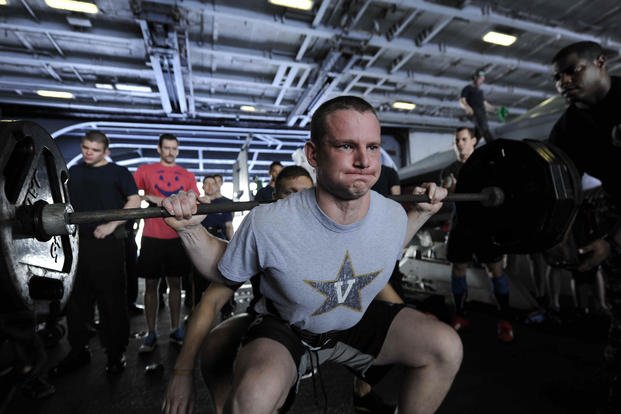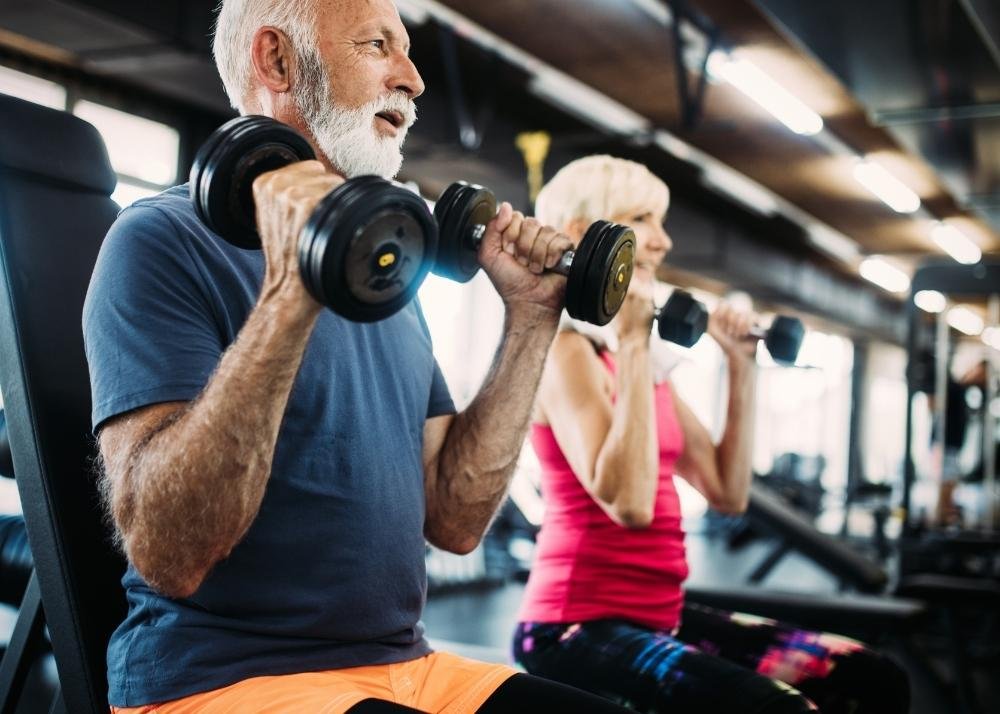Bodybuilding weight classes play a critical role in competitions, where athletes are categorized based on their physique and weight. Mastering these weight classes is essential for aspiring bodybuilders who aim to excel in the sport. Understanding the nuances of each weight class can be the key to strategic training and diet planning. In this comprehensive guide, we will delve into the intricacies of bodybuilding weight classes, exploring how they impact competition success and how athletes can best navigate them to achieve their goals. Whether you are a novice bodybuilder looking to compete or a seasoned competitor aiming for the top spot, this guide will provide you with the knowledge and insights needed to excel in your chosen weight class.
Introduction to Bodybuilding Weight Classes
Bodybuilding weight classes play a crucial role in competitions, ensuring fair competition among athletes with similar body compositions and sizes. Understanding these weight classes is essential for aspiring bodybuilders to compete effectively and maximize their potential. Each category has specific weight ranges that participants must adhere to, creating a level playing field for all competitors.
The Importance of Weight Classes in Bodybuilding
Bodybuilding weight classes serve as a foundation for organizing competitions based on athletes’ weight, allowing judges to assess participants with fair and unbiased criteria. Competing in the appropriate weight class is vital for showcasing an athlete’s physique without being disadvantaged by larger or smaller opponents.
Common Bodybuilding Weight Class Categories
Bodybuilding weight class categories typically include divisions such as lightweight, middleweight, light heavyweight, and heavyweight, with specific weight limits for each class. Athletes need to carefully monitor their weight to ensure they qualify for their desired category and maximize their chances of success.

Understanding Different Bodybuilding Weight Classes
When it comes to bodybuilding competitions, competitors are categorized into different bodybuilding weight classes based on their weight and physique. These weight classes help ensure fair competition and give athletes a level playing field to showcase their hard work and dedication.
The Common Bodybuilding Weight Classes
Bodybuilding weight classes typically range from lightweight to heavyweight, with specific weight ranges set by governing bodies such as the National Physique Committee (NPC) or the International Federation of Bodybuilding and Fitness (IFBB).
Lightweight Division
In the lightweight division, competitors usually weigh up to 70kg. This division focuses on athletes who have a lean and defined physique, emphasizing muscle symmetry and definition over sheer size.
Heavyweight Division
The heavyweight division includes athletes weighing over 90kg. This class showcases competitors with larger muscle mass and overall size, prioritizing muscle mass and thickness in their physique.

Choosing the Right Bodybuilding Weight Class
When it comes to bodybuilding competitions, choosing the right weight class is crucial for maximizing your chances of success. Factors such as muscle mass, body fat percentage, and overall physique should all be taken into consideration.
Understanding the Weight Class Categories
Bodybuilding weight classes typically range from lightweight to heavyweight, with specific weight ranges set for each category. It’s essential to familiarize yourself with these classifications to determine where you fit best.
Assessing Your Physique
Before selecting a weight class, assess your current physique objectively. Consider factors such as your muscle mass distribution, body fat levels, and overall muscle density. This evaluation will help you decide which weight class will showcase your strengths.
Training Strategies for Different Weight Classes
When it comes to mastering bodybuilding weight classes, training strategies need to be tailored according to the specific weight class you are targeting. Bodybuilding weight classes play a crucial role in determining the type of training, diet, and overall approach required to compete successfully.
Training for Lightweight Classes
For athletes aiming to compete in lightweight classes, emphasis should be on high repetitions, lower weights, and endurance training. Cardiovascular exercises should also be incorporated to maintain a lean physique.
Training for Heavyweight Classes
Athletes targeting the heavyweight classes need to focus on heavy lifting, low repetitions, and strength training. Compound exercises such as squats, deadlifts, and bench press are essential to build muscle mass.
- Include ample rest periods between sets
- Consume a high-protein diet to support muscle growth
- Ensure proper hydration and recovery techniques

Nutrition Tips for Bodybuilding Weight Classes
When it comes to excelling in bodybuilding weight classes, nutrition plays a critical role in achieving optimal performance and results.
Macronutrient Balance
Ensure a well-balanced diet with the right proportions of protein, carbohydrates, and fats to support muscle growth and repair.
Timing of Meals
Optimize your meal timing to fuel workouts effectively and promote muscle recovery. Consider having a protein-rich meal post-workout.
Hydration
Stay hydrated with adequate water intake throughout the day to support metabolism, performance, and overall health.
Competition Preparation for Bodybuilding Weight Classes
Preparing for bodybuilding competitions in specific weight classes requires meticulous planning and dedication to achieve optimal results on stage. To excel in your chosen weight category, a strategic approach encompassing training, nutrition, and posing practice is essential.
Training Regimen
Develop a customized training program that focuses on building lean muscle mass while reducing body fat to meet the weight requirements for your desired category. Incorporate both strength training and cardiovascular exercises to enhance muscle definition and overall conditioning.
Utilize progressive overload techniques, emphasizing proper form and intensity to maximize muscle hypertrophy and strength gains.
Nutritional Plan
Adopt a well-balanced diet that supports your training goals and aids in achieving the desired weight class. Maintain a moderate caloric deficit to gradually reduce body fat without sacrificing muscle mass. Focus on consuming high-quality proteins, complex carbohydrates, and healthy fats to fuel your workouts and promote recovery.
- Track your macronutrient intake to ensure you are meeting your protein requirements and optimizing nutrient distribution.
- Stay hydrated and consider incorporating supplements like whey protein or BCAAs to support muscle recovery and growth.
Pose Training and Presentation
Practice your posing routine regularly to showcase your physique effectively on stage. Seek guidance from experienced coaches or fellow bodybuilders to refine your poses and transitions, emphasizing your strengths and minimizing weaknesses.
Focus on developing stage presence and confidence to enhance your overall presentation and create a lasting impression on the judges.
Frequently Asked Questions
- What are bodybuilding weight classes?
- Bodybuilding weight classes are divisions based on competitors’ weight ranges, allowing individuals of similar sizes to compete against each other.
- Why is it important to understand bodybuilding weight classes?
- Understanding bodybuilding weight classes is essential for competitors to know which category they fall into and to compete fairly against others with similar body weights and compositions.
- How are bodybuilders grouped into weight classes?
- Bodybuilders are grouped into weight classes by weighing in prior to competitions, and then categorized into specific divisions based on their weight at that time.
- What are the typical bodybuilding weight classes?
- The typical bodybuilding weight classes include categories such as lightweight, middleweight, light heavyweight, heavyweight, and super heavyweight, each with its own weight range.
- How can bodybuilders determine the right weight class for themselves?
- Bodybuilders can determine the right weight class for themselves by closely monitoring their weight and body composition, and then selecting the category that aligns best with their physique and competitive goals.
Final Thoughts on Mastering Bodybuilding Weight Classes
Mastering bodybuilding weight classes is a crucial aspect of excelling in the sport, as it not only determines your competition category but also impacts your training and diet strategies. Understanding the various weight classes, from lightweight to heavyweight, allows you to set realistic goals and tailor your workout routines to achieve optimal results.
By knowing the importance of balancing muscle mass and body fat within your specific weight class, you can sculpt your physique effectively and maximize your performance on stage. Remember, consistency in your training, nutrition, and mindset is key to reaching your bodybuilding goals and dominating your chosen weight class.
In summary, with dedication, hard work, and a thorough understanding of bodybuilding weight classes, you can embark on a successful bodybuilding journey, surpass your limits, and showcase your best self on the competitive stage.